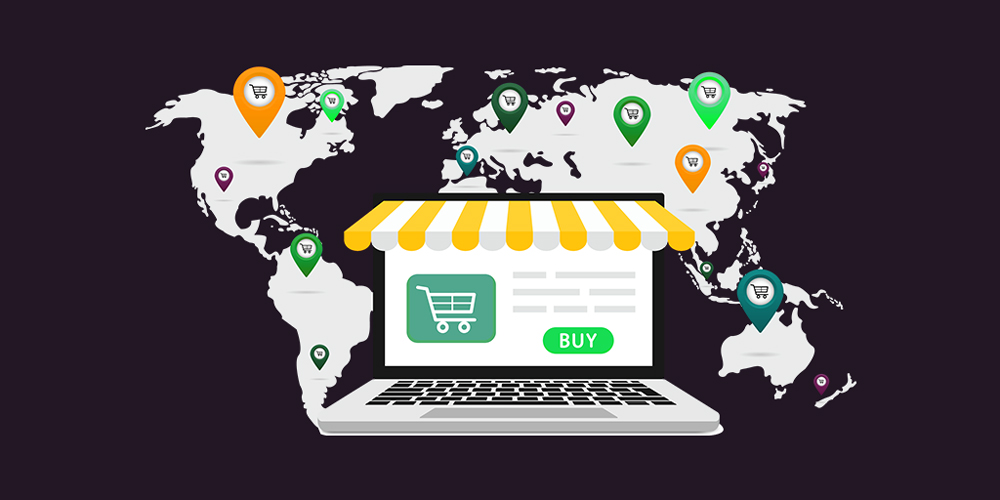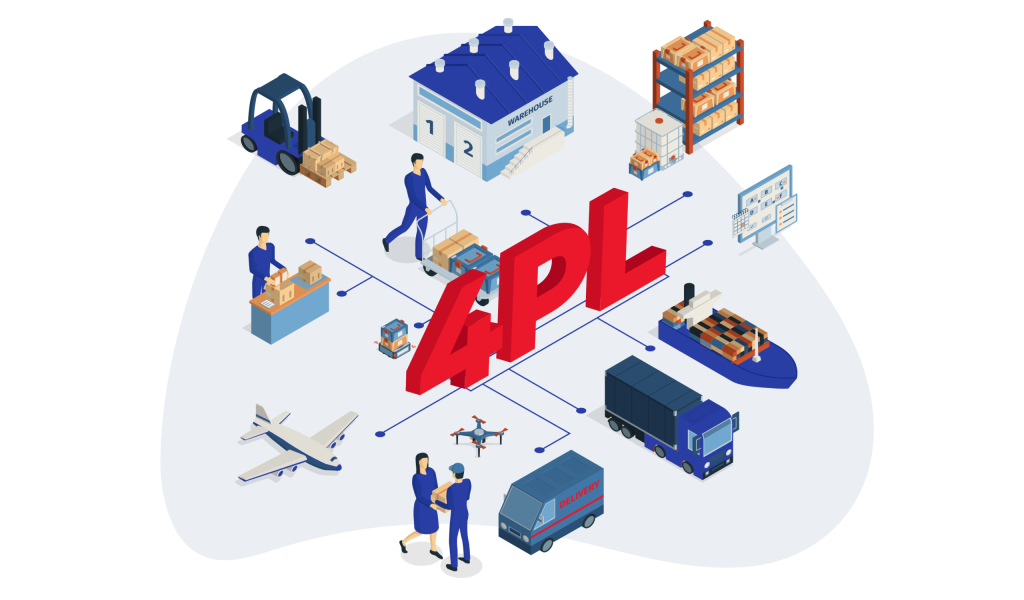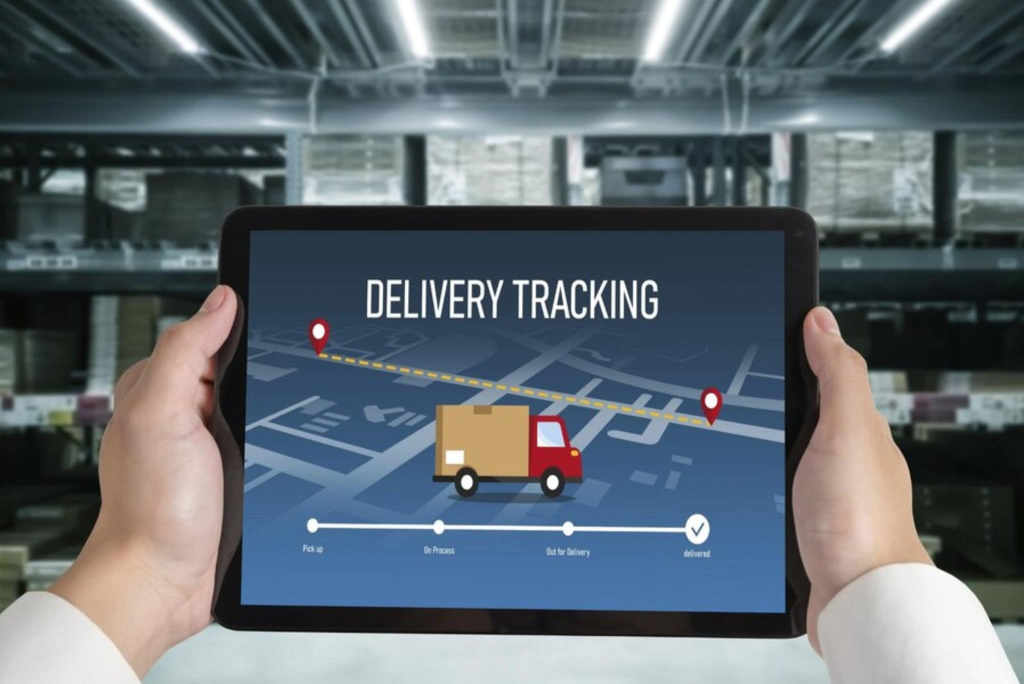Cross-Border Ecommerce Fulfillment Best Practices
Cross-border ecommerce continues to thrive as consumers worldwide seek diverse products and competitive prices. However, fulfillment remains a major challenge for sellers due to customs complexity, long transit times, and high shipping costs. Optimizing your cross-border fulfillment process is crucial to remain competitive and provide customers with a seamless experience. This article explores proven best practices for cross-border ecommerce fulfillment optimization, with insights into how platforms like PostalParcel support sellers in achieving operational excellence.

1. Strategically Locate Inventory Closer to Target Markets
One of the most effective ways to reduce shipping times and costs is to store inventory closer to your customers. Distributed warehousing allows you to place products in multiple strategic locations worldwide, enabling faster delivery and reduced last-mile expenses.
2. Leverage Demand Forecasting to Optimize Inventory Levels
Maintaining optimal inventory levels prevents stockouts and overstocking, both of which hurt profitability. Using data-driven demand forecasting tools helps sellers predict sales trends in different regions, ensuring sufficient inventory availability without incurring excess holding costs.
Platforms like PostalParcel offer smart inventory forecasting solutions that integrate historical sales data, market trends, and seasonal demand, enabling sellers to automate inventory replenishment decisions across warehouses.
3. Choose Reliable 4PL Partners for Seamless Operations

Traditional 3PL providers only handle warehousing and transportation. In contrast, a 4PL (Fourth-Party Logistics) partner like PostalParcel manages the entire logistics ecosystem by integrating multiple 3PLs, shipping carriers, technology platforms, and customs brokers into a single streamlined solution.
This centralized coordination eliminates fragmented operations, reduces communication errors, and provides end-to-end visibility for every order. Sellers can thus focus on marketing and product development while the 4PL partner optimizes fulfillment workflows.
4. Optimize Packaging for International Shipments
Packaging plays a vital role in cross-border fulfillment efficiency. Using lightweight, durable, and customs-compliant packaging reduces volumetric weight charges, prevents damage during transit, and speeds up customs inspections.
Best practices include:
- Right-sizing boxes to minimize void space
- Using environmentally friendly materials to align with sustainability goals
- Including necessary documentation inside the package for smooth customs clearance
5. Automate Customs Documentation and Compliance

Customs delays are a common pain point in cross-border ecommerce. Automating documentation preparation ensures accuracy and compliance, preventing costly fines and delivery delays. Ensure each shipment includes:
- Correct HS codes for product classification
- Accurate declared values and country of origin
- Necessary certificates for restricted products
PostalParcel’s customs compliance solutions automate HS code classification, generate commercial invoices, and integrate with customs brokers to expedite clearance processes.
6. Offer Multiple Shipping Options for Customer Flexibility
Cross-border buyers have diverse expectations regarding delivery times and costs. Providing multiple shipping options, such as economy, standard, and express services, empowers customers to choose based on urgency and budget, enhancing satisfaction and conversion rates.
Platforms like PostalParcel integrate with global and local carriers, enabling sellers to dynamically present various shipping choices during checkout.
7. Implement Real-Time Tracking for Transparency

Customers demand real-time visibility of their orders, especially in cross-border transactions where delivery takes longer. Integrating real-time tracking across all shipping carriers builds trust and reduces customer support inquiries.
PostalParcel’s tracking API consolidates updates from multiple carriers into a single dashboard, allowing sellers and buyers to monitor shipment progress seamlessly.
8. Prepare for Returns with Clear Policies and Local Solutions
Returns are inevitable in ecommerce. For cross-border sales, returns management becomes complex and expensive. Best practices include:
- Offering local return addresses through partner warehouses
- Providing clear return policies to set customer expectations
- Implementing automated return authorization workflows to streamline processing
PostalParcel offers overseas return hubs that consolidate returned items, enabling sellers to inspect, refurbish, or resell products cost-effectively.
Conclusion
Optimizing cross-border ecommerce fulfillment requires a holistic approach covering inventory placement, demand forecasting, packaging, customs compliance, shipping options, and returns management. By partnering with integrated 4PL platforms like PostalParcel, sellers can centralize their logistics operations, reduce fulfillment costs, and deliver a superior customer experience in global markets.
For businesses aiming to scale cross-border ecommerce operations efficiently, adopting these best practices is not optional – it’s a strategic necessity in today’s competitive landscape.
Industry Insights
news via inbox
Nulla turp dis cursus. Integer liberos euismod pretium faucibua








